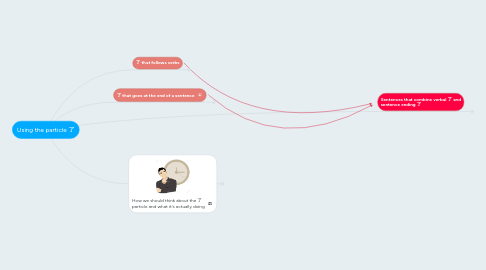Using the particle 了
af Jarod Leggett


1. 了 that follows verbs
1.1. Difference with 过
1.2. Action verbs, e.g., 吃,看
1.2.1. Verb takes an object that includes a number phrase, e.g., 我看了三本书。
1.2.2. Indicating duration when the verb takes a time phrase, e.g., 我学了三个钟头。
1.2.3. Indicating duration when the verb takes an object and a time phrase, e.g., 我写了两个论文,写了整整三年。
1.2.4. Two or more actions occur in sequence.
1.2.4.1. If-then statement, e.g., 他吃了饭就走。
1.2.4.2. Dependent clause sets a new temporal reference, e.g., 我来中国以前,在日本住了一年。
1.2.4.3. With temporal reference firmly fixed to time of utterance, e.g., 我们吃了饭以后,就看了电影。
1.2.4.4. With temporal reference seeming to “pivot” to point in past, allowing for “narrative” quality, e.g., 我们吃了饭以后,就去看电影。
2. 了 that goes at the end of a sentence
2.1. Stative verbs, e.g., 他不开心了。
2.2. Indicating that a situation does not exist anymore, e.g., 他不吃肉了。
2.3. Pragmatic issues
2.3.1. Imminent arrival, e.g., 我们快到了。
2.3.2. Relevant changed state, e.g., 他的导师退休了。
